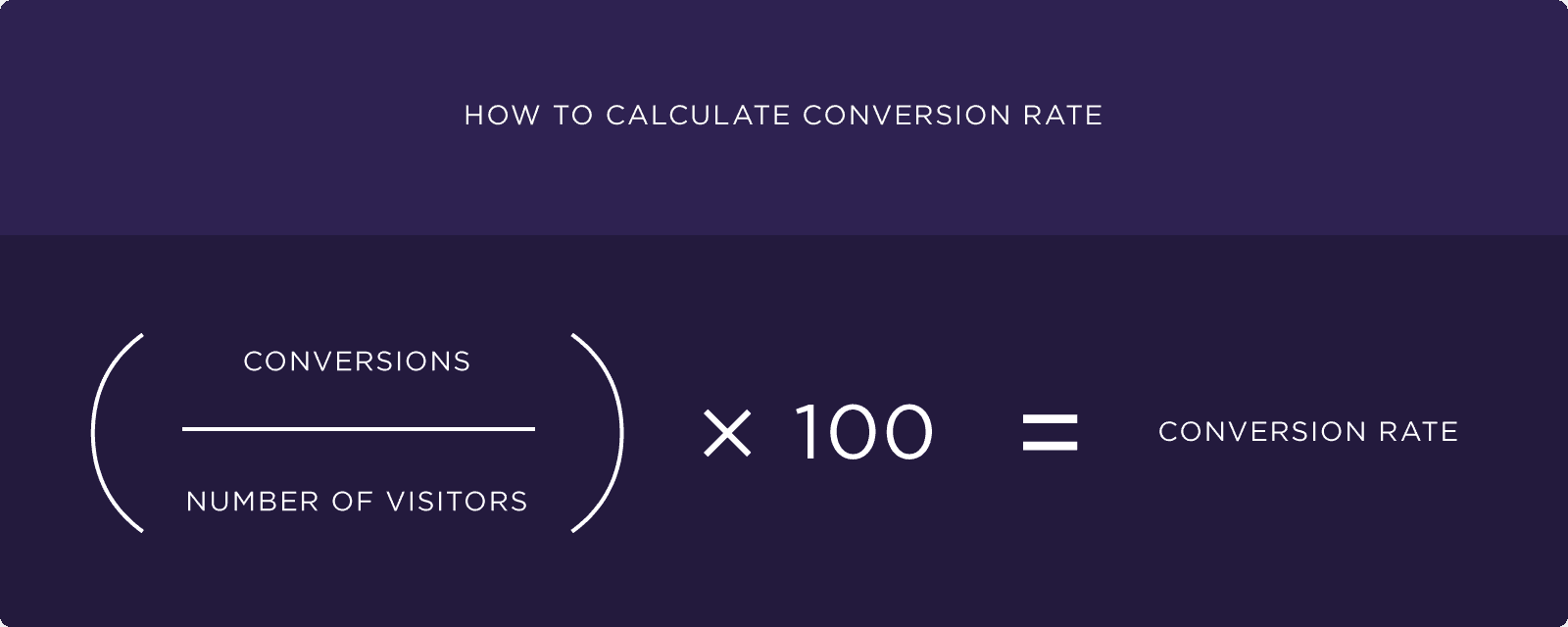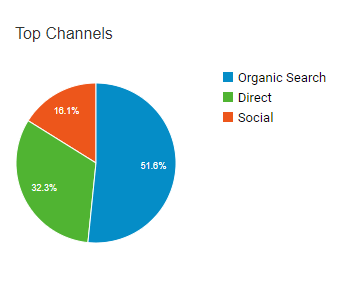9 monthly SEO tasks to add to your digital marketing strategy
SEO is hard work. It takes a consistent, regular effort to pay off. In fact, some SEO tasks are better suited for your monthly-to-do list, because the consistent application is the best way to reap the benefits.
Include these 9 monthly SEO tasks in your digital marketing plan, and you’ll be much more likely to see your SEO strategy succeed.
Here’s a glimpse at the tips we’ll cover in this monthly SEO guide:
9 Monthly SEO Tasks
1. Optimise existing content
If you’ve been practising content marketing for a while, your library of content may not 100% meet your latest (or highest) standards. After all, both SEO and your marketing quality are evolving with time.
Have content experts sift through old content and determine if it’s still suitable for publication, or if it could benefit from some tweaks. Once you decide that you want to refresh a piece of content, have a look at things like:
- Titles
- Tables of contents
- Headings
- Subheadings
- Meta descriptions
- Focus keywords
- Media (such as video, animations, or images)
- Facts and statistics
- The content itself
- Related topic pages
Your old content may have titles, headings, subheadings, and meta descriptions that don’t align well with today’s SEO best practices. The media you embedded in the content could be outdated, using an old YouTube video template or media that is no longer live. The blog could focus on a certain year that has since passed.
There are all kinds of ways content can become outdated. Optimising content with the future in mind can help you rejuvenate its lifespan and capture new users or site visitors who may benefit from it.
2. Evaluate content quality
Who told you content quantity is king? It’s the quality of your content that reigns supreme.
Evaluating content quality is not as abstract as it sounds. What you’re looking for is rich content.
Rich content is robust. It contains multiple forms of media (e.g., text, video, and infographics). It provides tons of information that your audience can act on, much like service journalism but from a content marketing perspective.
To keep it simple, develop a rubric that helps you and your team quickly separate rich content from low-quality content.
If you’re wondering what to do with that low-quality content, read on…
3. Remove low-quality pages
While optimising old content should be part of your content plan, not all old content or pages are worth the time and effort it takes to refresh or optimise. You should have a system in place to determine which pages are so low quality that they should simply be removed from the archives altogether.
If you have a robust content strategy, this is an SEO task you can perform monthly. It constitutes two parts: analysis (to determine if an existing page or piece of content should actually be removed) and removal (well, that part’s obvious).
So how do you know which pages have a low enough quality that they should be removed? Focus on thin content. This just means it adds minimal value (if any) to the end-user. Much like you want to prioritise rich content, you want to eliminate thin content.
Thin content examples
- Doorway pages
- Similar pages targeting slightly different keywords or locations
- Thin affiliate pages
- Automatically generated content
- Scraped or duplicate content
- Low-quality content
If it’s not suitable for content optimisation, and it can’t stay as is, remove it. There are a couple of ways to do this, so you can let Google know you’re removing the page without messing up your SEO.
- Do a
301redirect from the page to another URL. - Add a
noindextag to the page. - Canonicalise the page to another URL.
When you use these methods, make sure people cannot access the page from within your site, or else you might risk having a poor user experience.
4. Check rankings
Your SEO ranking wins are worth celebrating, but it’s important to know that Google SERPs can change in two shakes of a lamb’s tail. New competition comes quickly, and you’ll want to stay privy to the shifts.
Because of this, add “check rankings” to your list of monthly SEO tasks. This will help keep your digital marketing plan dynamic, so you can respond to the most recent needs.
To check your ranking for certain keywords, use tools like Google Search Console.
If you decide to use Google Search Console, head to “Performance” and scroll through the results to see which queries and keywords you show up for in search results.

5. Competitor analysis
How can you soar past your competition on the search results pages if you haven’t thoroughly analyzed your competitors’ approaches to content?
Analysing your competition gives you a starting point to practice benchmark marketing. You’ll want to specifically practice competitive benchmarking, where you use your competition as a benchmark for your own unique SEO performance.
The most important part is to define 3–5 key performance indicators that you’ll determine results from. In the case of SEO tasks, you may want to include things like the number of keywords that a website is ranking for, how many number-one positions they have, and clicks.
6. Stay up-to-date on industry news
Did you know that Google updates its algorithm thousands of times per year? That’s multiple times per day. Brodie Clark is documenting these on a monthly basis.
Of course, most of those changes are small and don’t warrant a major press release. They’re labelled as “improvements” rather than total algorithmic overhauls. However, you’ll want to stay tuned for noteworthy changes.
7. Technical checks
Checking the technical aspects of SEO can be tedious, but adding it to your monthly SEO tasks actually makes the job way easier.
By breaking up the technical checks in your digital marketing plan with a monthly to-do method, you’ll be more thorough in your search. Plus, you’ll find technical issues sooner, rather than finding them weeks after the issue took place.
When you’re performing these technical checks, watch things like:
- Crawl reports
- Errors
- Duplicate content
- First input delay (FID), Largest Contentful Paint (LCP) and Cumulative Layout Shift (CLS), aka Google’s Core Web Vitals
- Broken internal and external links
- URL structures
- HTTPS site protocol
- XML sitemap and
robots.txtfile optimisation - Accuracy of schema markup or structured data
You can use tools directly from Google to help you with the technicalities (e.g., Search Console, PageSpeed Insights, Analytics).
Third-party tools you may want to consider include Ahrefs, Screaming Frog and SEMrush.
8. Make important link updates
You’ve probably incorporated links to your own site and other reliable sources before now. But did you know that the hyperlinks within your content contribute to the “link juice” of your site?
Basically, the use of high-quality links throughout your content has the potential to give you a serious SEO boost.
Keeping tabs on these links is an important part of your SEO strategy. That’s because content creators (like you) change things up all the time. That can mean removing pages, changing URLs, or directing pages to other destinations. One thing you don’t want to do is send your readers to a broken, outdated link.
As you update your content, make sure that any linked material is relevant, current, and helpful to your reader.
9. Engage with users
Creating a comprehensive SEO strategy means that you’re willing to stay involved in the process. Users (especially local customers) are just waiting for genuine marketing engagement.
For a local SEO approach, you can take steps to hook local users. Be sure to claim your Google My Business profile and optimise your profile and reviews.
Another approach is staying active on your brand’s social media profiles. This engagement gives you a chance to link to your own content, get to know your audience, and build a legit brand that reflects what they want to see.
Bottom line: This is just the start of your one-page marketing plan
Monthly tasks are just a part of your digital marketing plan. It’s important to focus on the whole picture. Otherwise, you’ll fail to reach your goals. This means small tasks that can be performed monthly are just as critical as major SEO overhauls.
Given that SEO evolves practically monthly, you can see why monthly SEO tasks fit in so well with your overall agenda.


